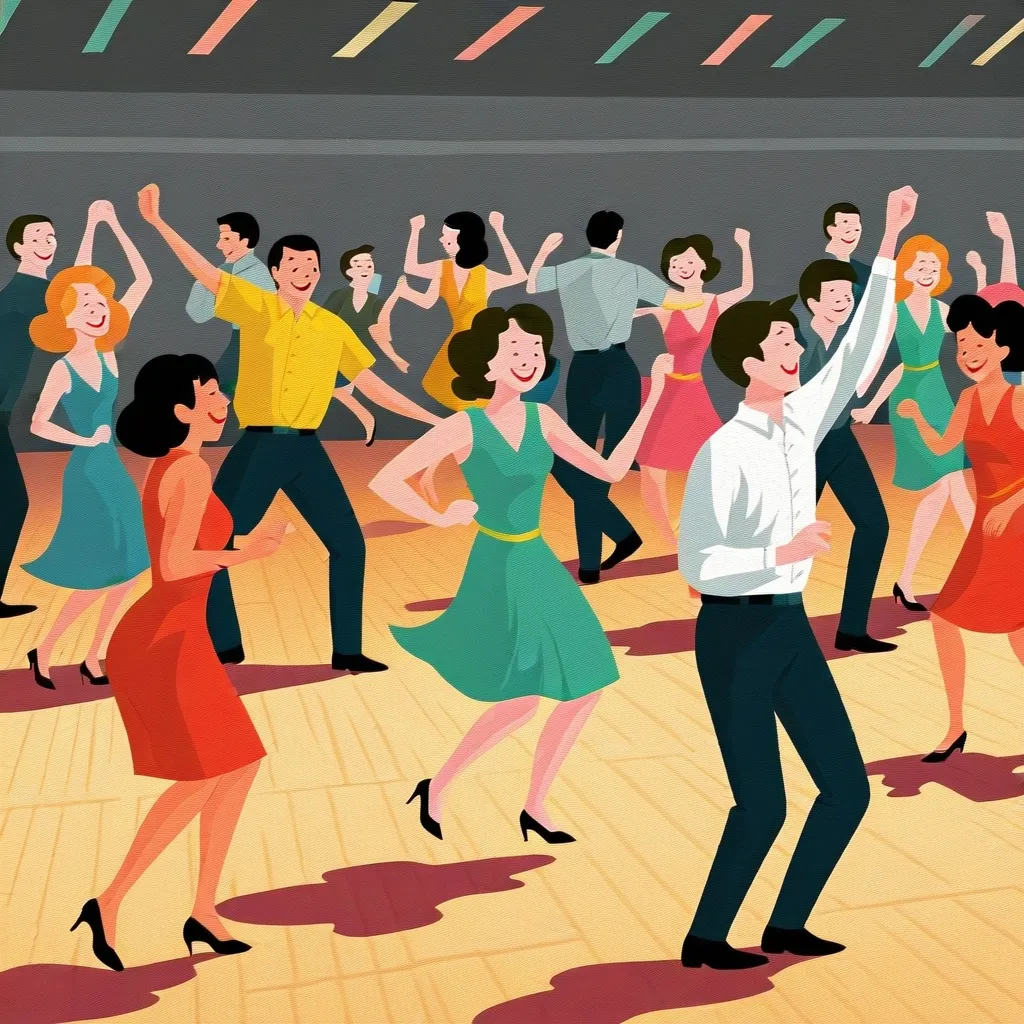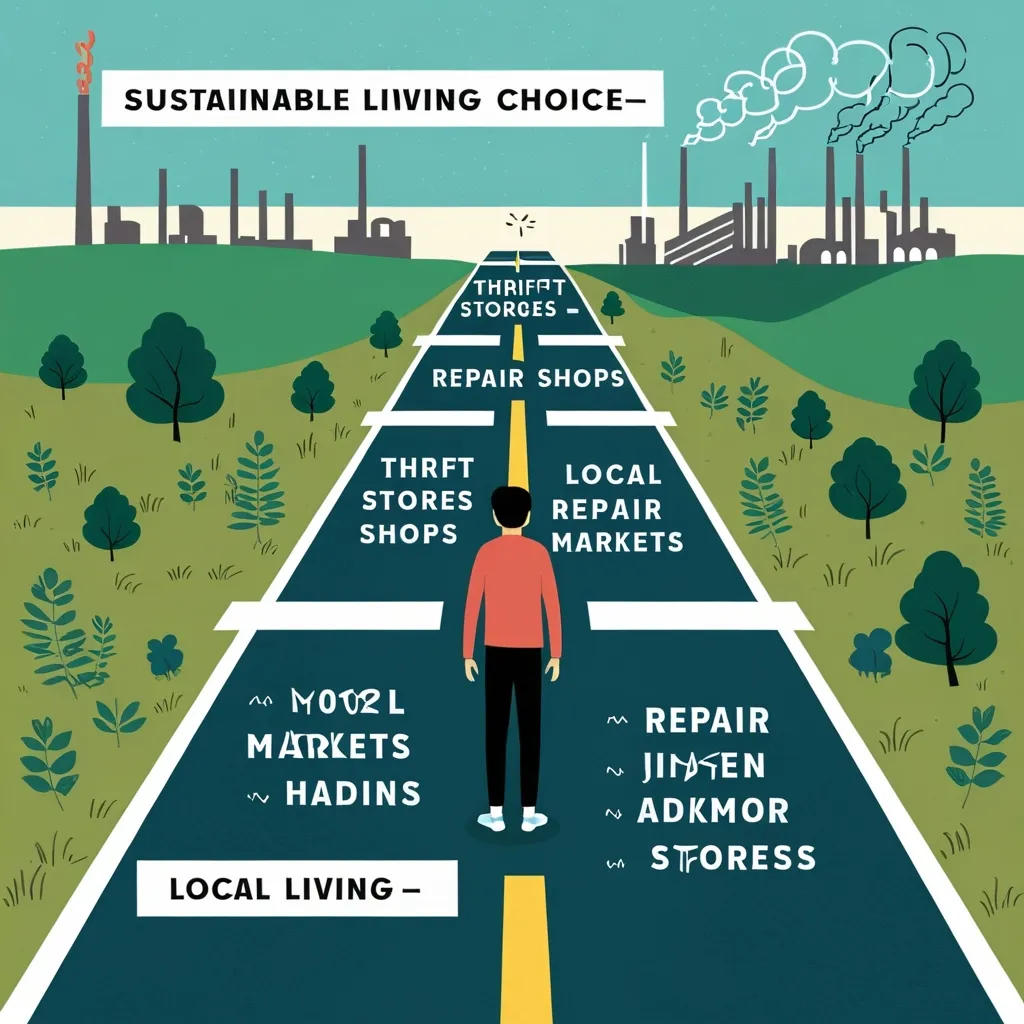Unlocking Your Productivity Potential: The Power of Chrono-Cycling
Ever feel like you’re swimming against the tide when it comes to getting things done? You’re not alone. In our fast-paced world, finding ways to maximize productivity is like striking gold. But what if I told you there’s a method that could revolutionize the way you work and live? Enter Chrono-Cycling, a game-changing approach that aligns your tasks with your body’s natural rhythms.
Let’s dive into this fascinating concept, shall we? Imagine your body as a finely tuned instrument. Just like a guitar needs to be in tune to make beautiful music, your body has its own internal tune – we call this your chronotype. It’s not just about being an early bird or a night owl; it’s way more complex than that.
Your chronotype is like your body’s internal DJ, dictating when you’re most alert, creative, and focused throughout the day. It’s a mix of your genes, your body clock, and your personal habits. Pretty cool, right?
Now, here’s where it gets interesting. Throughout the day, we all go through three distinct phases: peak, trough, and rebound. It’s like a daily rollercoaster ride for your productivity. For most folks, the peak hits in the morning, followed by a bit of a slump in the early afternoon, and then a second wind later in the day.
But here’s the kicker – not everyone’s rollercoaster looks the same. That’s where understanding your unique chronotype comes in handy. If you’re a morning person, you might want to tackle your toughest tasks right after your coffee. But if you’re more of a night owl, you might find your creative juices flowing when the sun goes down.
Let’s break it down with a real-life example. Say you’ve got a big project at work – creating a financial plan for your company. If you’re a morning person, you might want to crunch those numbers and analyze data when you’re feeling sharp and alert. Then, later in the day when you’re in your creative zone, you could focus on making your presentation look snazzy and engaging.
Now, you might be thinking, “That’s all well and good, but I can’t just rearrange my entire life!” Fair point. But here’s the thing – even small changes can make a big difference. Maybe you can’t change your 9-to-5 schedule, but you can certainly adjust how you tackle tasks within that timeframe.
Let’s talk about sleep for a sec. Your chronotype doesn’t just affect your waking hours; it has a massive impact on your sleep patterns too. If you’re naturally inclined to stay up late but have to wake up at the crack of dawn for work, you might be experiencing what the experts call “social jetlag.” It’s like being permanently jet-lagged – not fun, right?
By understanding and working with your chronotype, you can avoid this kind of mismatch and optimize your daily routine. It’s not about forcing yourself into a schedule that doesn’t fit; it’s about finding ways to make your schedule work for you.
Now, I know what you’re thinking – “This all sounds great, but how do I actually put it into practice?” Well, my friend, we live in the age of technology, and there are tons of tools out there to help you out. Apps like Plan or good old Google Calendar can be your best friends when it comes to scheduling tasks based on your most productive hours.
Here’s a neat trick: if you use Trello for managing your to-do list, you can set up a Zap (that’s tech-speak for an automated workflow) to create Google Calendar events for each new card you add. This way, you can visually see your tasks aligned with your chronotype and make adjustments as needed. Pretty nifty, huh?
But let’s bring this down to earth a bit. How does this Chrono-Cycling thing work in real life? Well, imagine being able to manage your finances more efficiently by scheduling budget reviews during your peak hours. Or picture yourself being more creative in your work projects by allocating brainstorming sessions to your creative phase.
It’s not just for office work either. Athletes use similar principles to optimize their performance. Cyclists, for example, use fancy GPS systems to track and compare their runs, making sure they’re at their best during their most focused hours.
Now, here’s where the personal touch comes in. To make this method really work for you, you’ve got to tailor it to your specific needs. Maybe you know you’re more focused in the morning – why not start your day with a quiet moment of meditation or a quick workout to get your blood pumping?
I’ll let you in on a little secret – I start my day with a 30-minute walk. It helps me clear my mind and get ready for the tasks ahead. By scheduling this walk during my peak hours, I’m setting myself up for a productive day. It’s like giving myself a head start in the productivity race.
But here’s the thing – what works for me might not work for you. That’s the beauty of the Chrono-Cycling method. It’s not about following a rigid schedule; it’s about finding what works best for you and your unique internal clock.
Think about it this way – you wouldn’t expect a night owl to be at their best at 6 AM, just like you wouldn’t expect an early bird to be firing on all cylinders at midnight. It’s all about working with your natural rhythms, not against them.
So, how do you get started with Chrono-Cycling? First things first, you need to figure out your chronotype. There are plenty of online quizzes and assessments that can help you with this. Once you know your type, start paying attention to when you feel most alert, creative, and focused throughout the day.
Next, start experimenting with your schedule. Try tackling your most challenging tasks during your peak hours and saving the more routine stuff for your trough periods. Use your rebound phase for tasks that require creativity or problem-solving.
Remember, this isn’t about overhauling your entire life overnight. Start small – maybe rearrange one or two tasks a day and see how it feels. Pay attention to your energy levels and productivity. Are you getting more done? Do you feel less stressed? These are good signs that you’re on the right track.
It’s also important to remember that your chronotype isn’t set in stone. It can change as you age or due to external factors like your job or family responsibilities. That’s why it’s crucial to regularly reassess and adjust your schedule as needed.
One of the great things about Chrono-Cycling is that it’s not just about work productivity. It can also help improve your overall well-being. When you’re working in harmony with your body’s natural rhythms, you’re likely to feel more energized, less stressed, and generally happier.
Think about it – how often have you pushed yourself to work late into the night, only to feel groggy and unproductive the next day? Or forced yourself to wake up at the crack of dawn for an early meeting, even though you’re not naturally a morning person? These kinds of mismatches can lead to chronic stress and fatigue.
By aligning your activities with your chronotype, you’re not just optimizing your productivity – you’re also taking care of your mental and physical health. It’s like giving your body and mind exactly what they need, when they need it.
But let’s be real for a moment – implementing Chrono-Cycling isn’t always going to be smooth sailing. There will be days when your schedule gets thrown off, or when you have to adapt to other people’s timelines. That’s okay. The key is to be flexible and to do what you can, when you can.
Here’s another pro tip – communicate with your colleagues and loved ones about your Chrono-Cycling efforts. Let them know when you’re at your best and when you might need a little extra support. You might even inspire them to try it out for themselves!
At the end of the day, Chrono-Cycling is all about working smarter, not harder. It’s about making the most of your natural energy cycles to get things done more efficiently and with less stress. Whether you’re managing finances, working on creative projects, or simply trying to get through your day with more energy, aligning your activities with your chronotype can be a total game-changer.
So, why not give it a try? Take some time to understand your internal clock, and watch how it can transform your daily life into a more efficient, productive, and fulfilling experience. Who knows? You might just discover a whole new level of productivity you never knew you had.
Remember, it’s not about becoming a productivity machine – it’s about finding a rhythm that works for you, one that allows you to do your best work while still taking care of yourself. So go ahead, start listening to your body’s natural rhythms, and see where they take you. You might just be surprised at what you can achieve when you’re in sync with your inner clock.






